Emphasis and focal point are principles of art that draw attention to specific locations in a work. A focal point should not be overstated; neither should the viewer make a wild guess to determine it. For there to be a focal point, there needs to be a peripheral area design that’s not that much in focus. Choosing the right item to emphasize sets the tone and mood for a space.
Focal point is like balancing the two elements still making the statement. Yes! There can be two focal point, but they will not all carry the same visual weight or have the same importance. It’s important to arrange the prominent items in the room in a positive manner.
A great focal point can often make a room look quite stunning. The focal point of a room does not have to be anything grand or large in size. Yes, it can be a small unique item properly

The Focal Point of A Room
1. Existing Focal Point
Your room may already have a focal point that you can discover and make it strong statement of that space. It can be a window group of windows, any fire place or the walls.
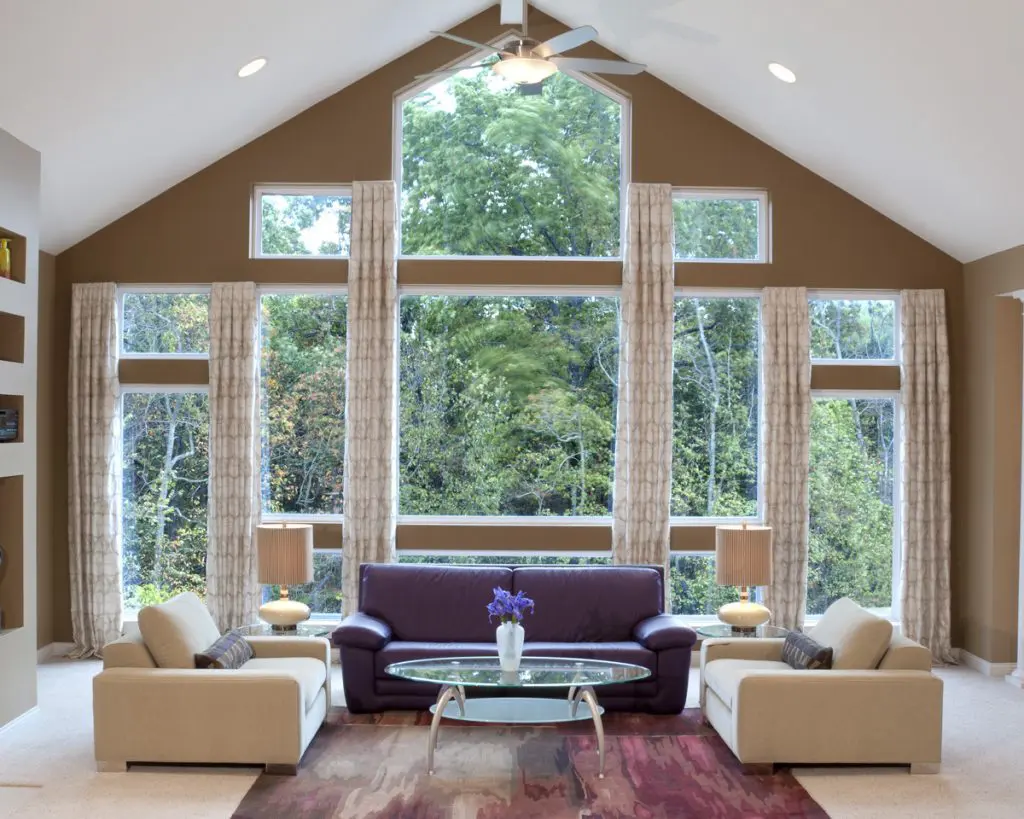
2. Create Focal Point
Creating a focal point for a room is not hard to do. Designing a featured wall, adding details to architectural elements , placing unique furniture piece.

3. Go Bold
You don’t want to walk into the room and feel overwhelmed. So if your design ideas thinks for creating any bold ceiling or wall other surface should go with the opposite flow. If you choose to make the ceiling the focal point in the space, make sure the lighting can handle the challenge.

4. Elements leading Towards a Focal Point
Furniture is typically grouped around a focal point like wall, facing the focal point or with its lines leading toward a focal point. The horizontal and vertical elements should be balanced while styling.

5. Emphasising An Artwork
An eye catching piece is something demanded by any space. Mount the artwork where it is visible from the entry to the room and install dramatic lighting to emphasize. It can be any frame, sculpture, antique piece.

6. Over Sized Furniture
The grand size of the piece guarantees the eye is drawn to it. A large armoire or large cabinet can serve as a room’s focal point. Other items must go with the focal element but still keeping its dominating identity and winning the race.
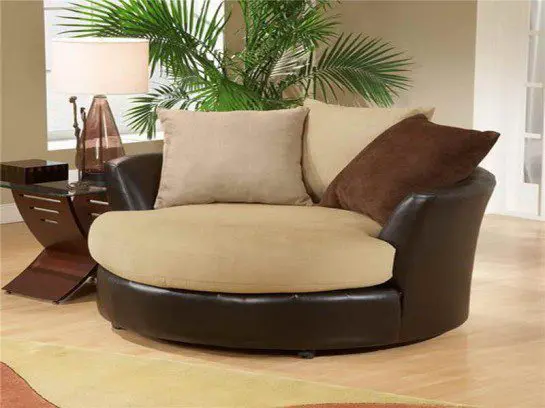
Accessories to Create Focal Point
Styling your space can sometimes feel like a puzzle. And while there’s no hard and fast formula that works for everyone, styling is all about mix match approach.
Simply pick up the items and place it properly and relax.
1. Serving Tray
Unique serving tray with stunning eye catching features, use to hold some of the other items or stack it on top of some books.
Choose a tray with the appropriate scale for your space, in tones and texture it should stand out and draw the eye in but don’t clash with the rest of the room.
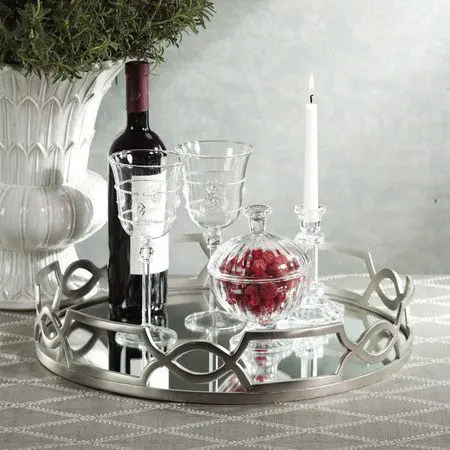
2. Candles
Choose a floral or fresh scent in the spring or summer, and opt for something a bit spicier closer to the holidays. The candles can be used as seasonal element. And can turn up the mood.

3. Sculpture
Different sculpture at different area will work out as focal point. Depending on the size it can be placed but make sure it gets desired attention. One large, bold piece of art looks fantastic against a neutral wall and furniture. A series of prints can make an impact too.
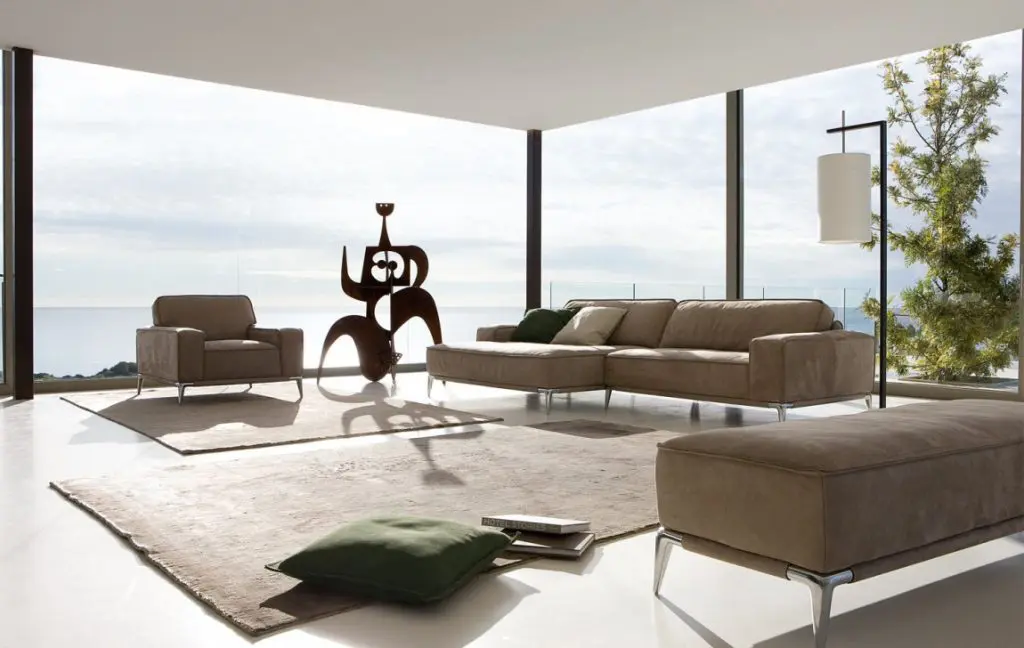
4. Huge Plant
You have to take lighting into consideration when choosing plants.
You don’t want your focal point to wilt, display damaged leaves or show other neglect so after care is very important.
It can be a tree or group of plant placed in the centre of the courtyard with dramatic lights and seating place around.
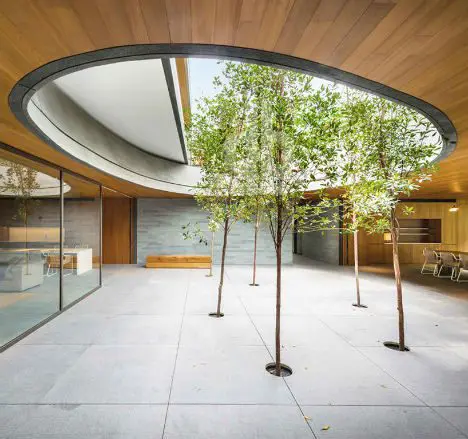
5. Framed Photos
Framed family photos can also work well. One or two frames are a nice way to share some of your interesting family moments and also making it as a part of your design.
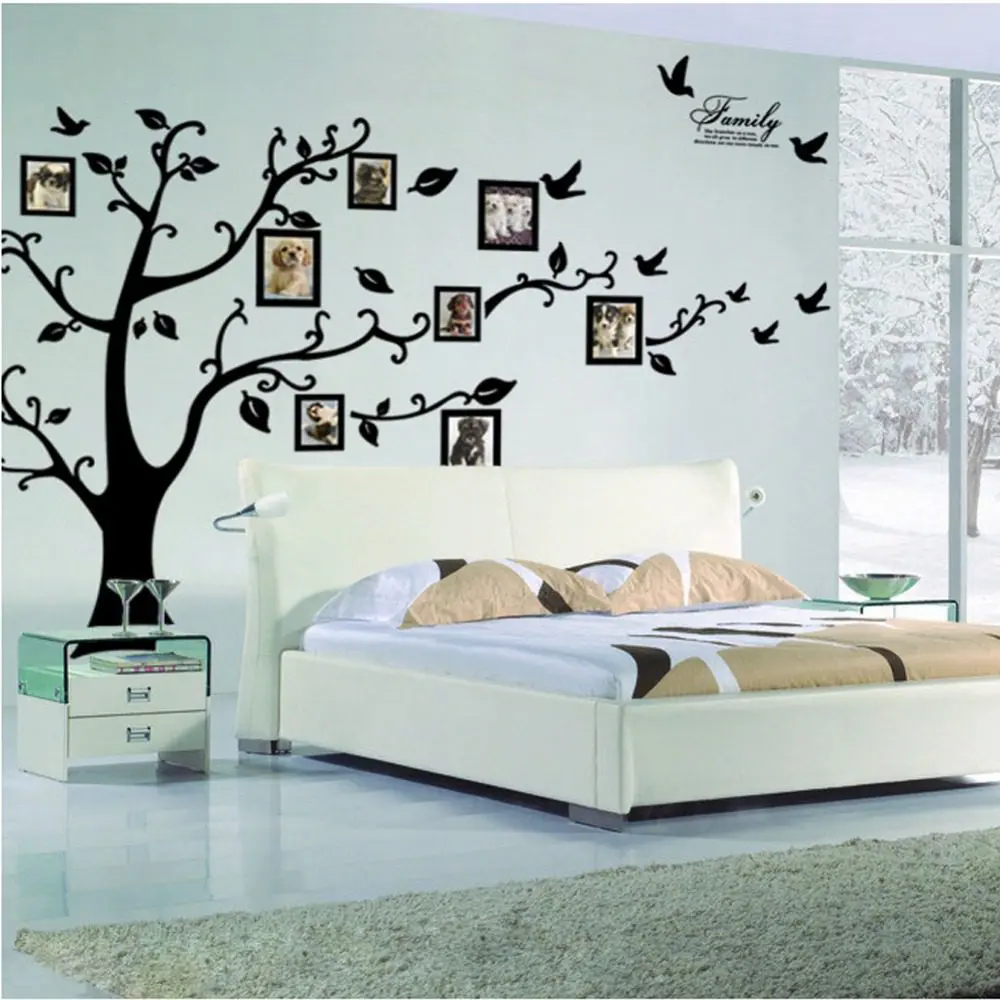
Design Elements To Create Focal Point
1. texture
Add texture to create a focal point in a monochromatic color scheme. Minimalist palette of the space with the striking texture draws your attention. The texture can create warm, striking vibration.
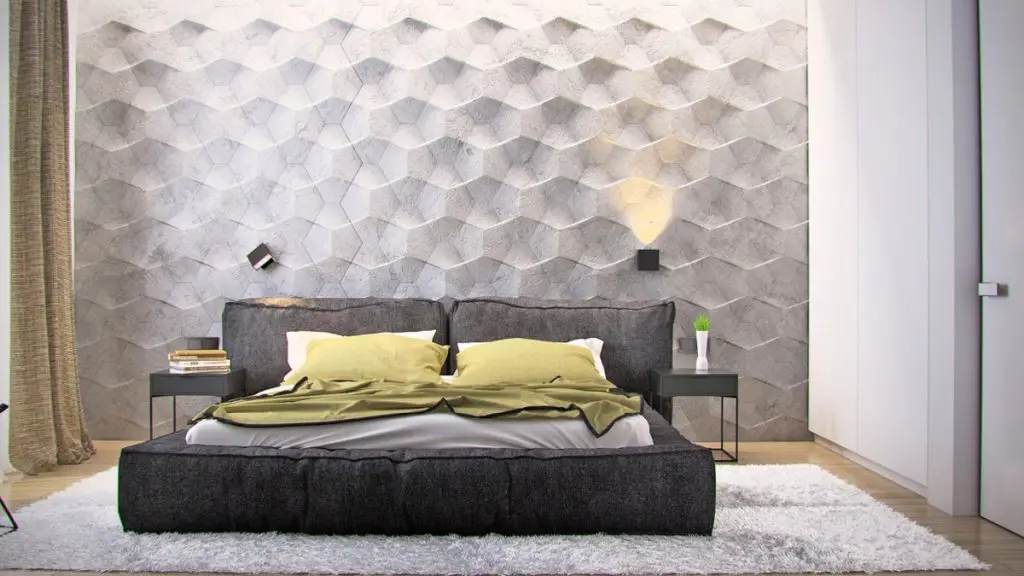
2. Shapes
If a room is lacking in architectural features, use a more permanent, geometrical shape in design as a bold statement. Clever backlighting highlights the shape can emphasizes the element.

3. Colours
One bold item, such as a colorful striped rug, instantly sets a playful mood. It can be bright skirting, bold wall, shinny furniture that can stand out with its own identity throughout the space.
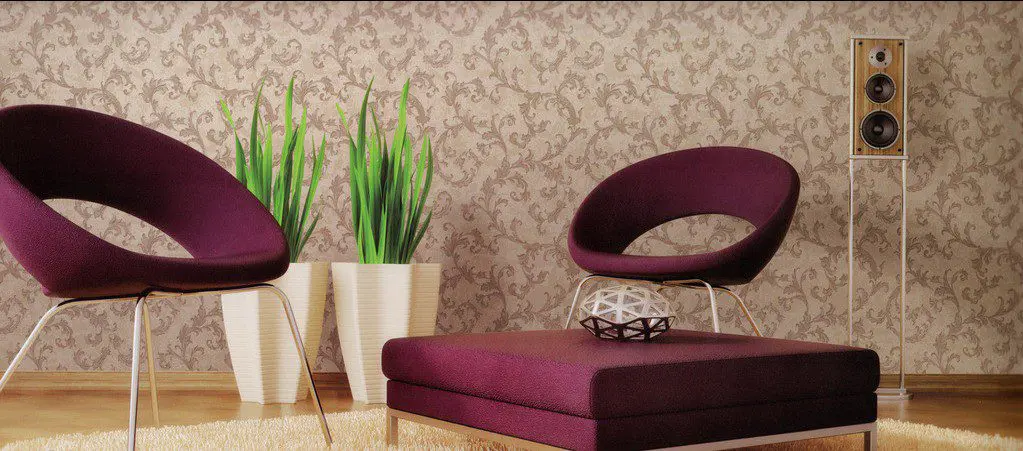
– Rakshika Borana





